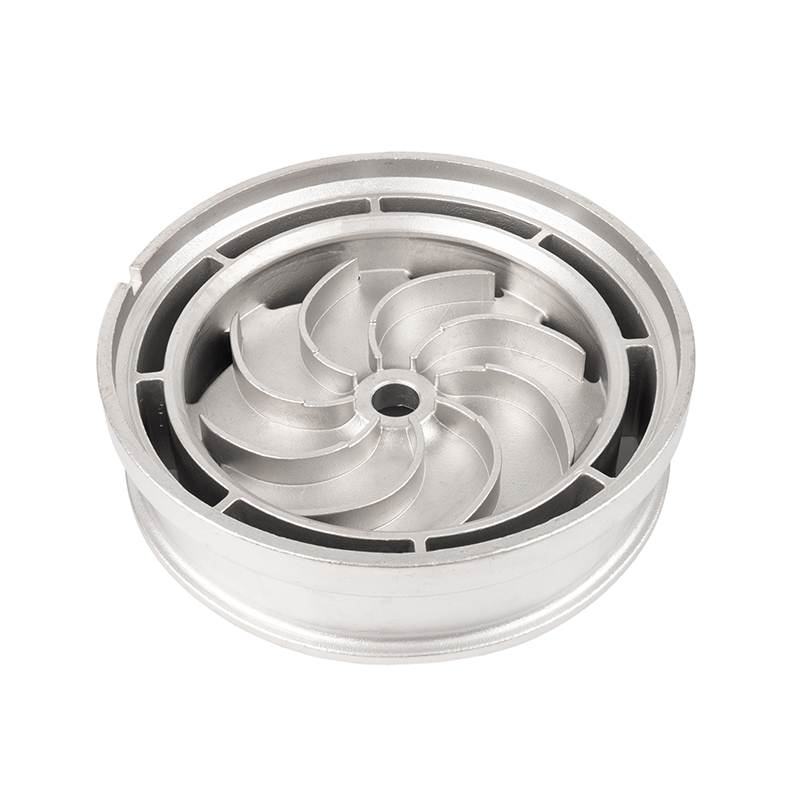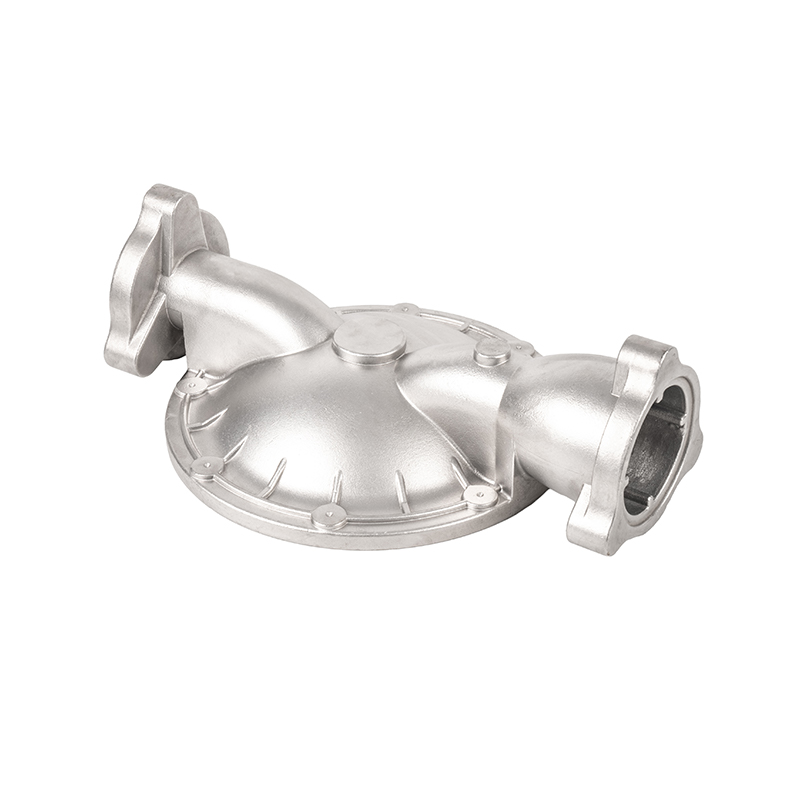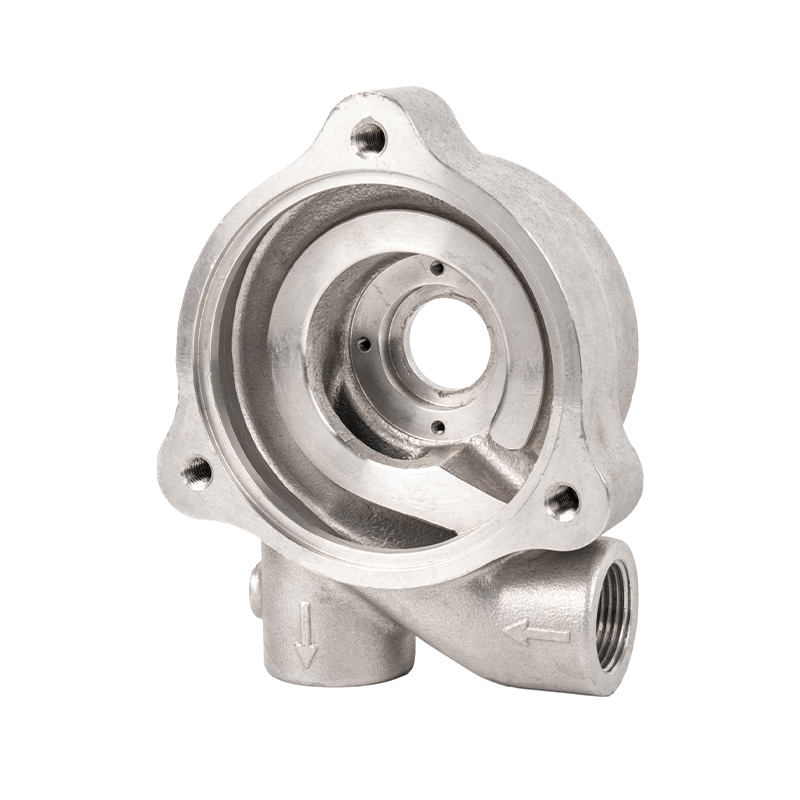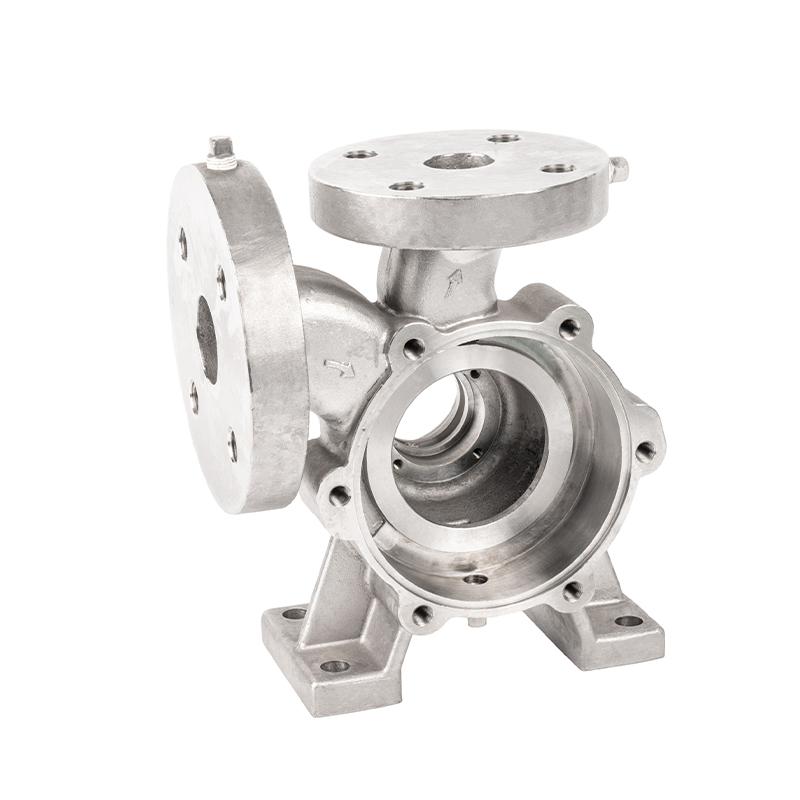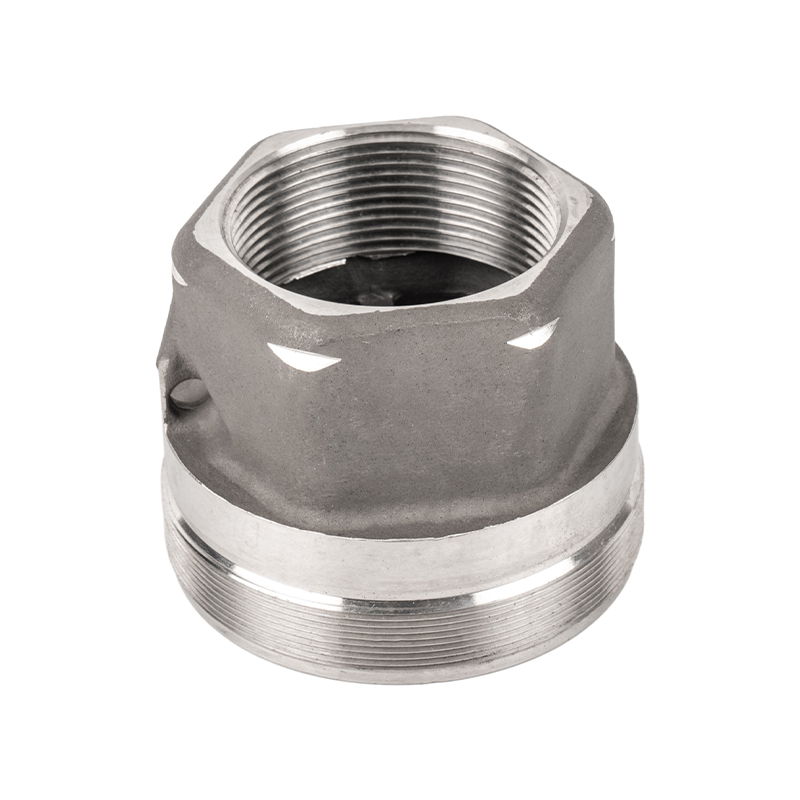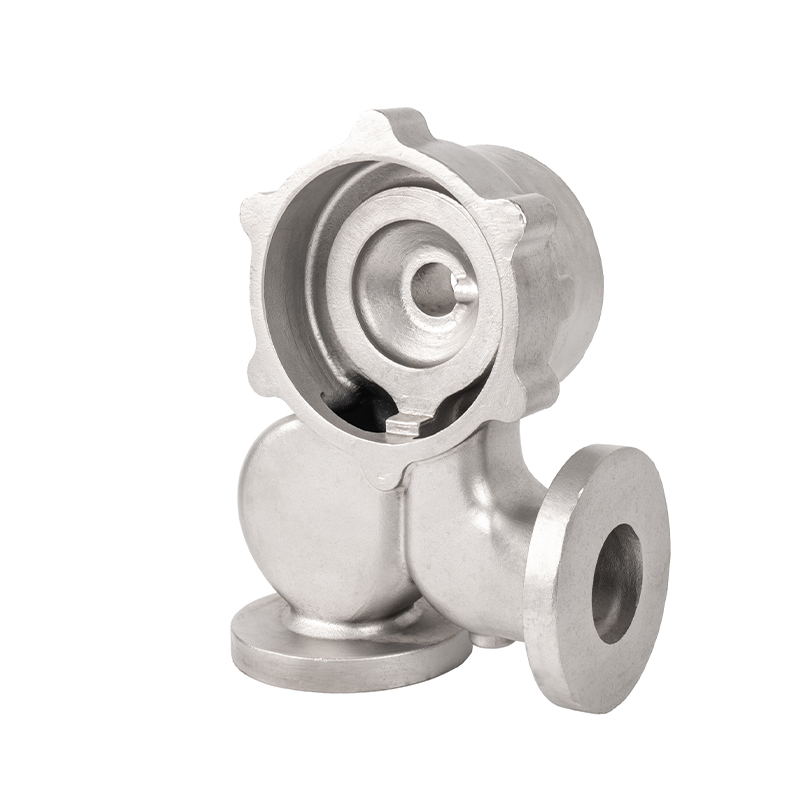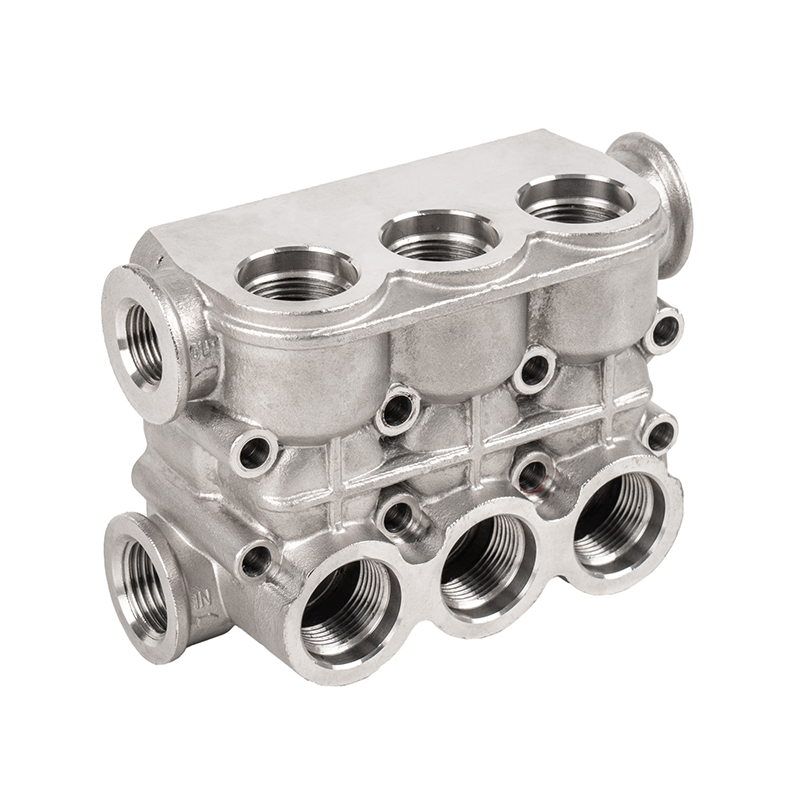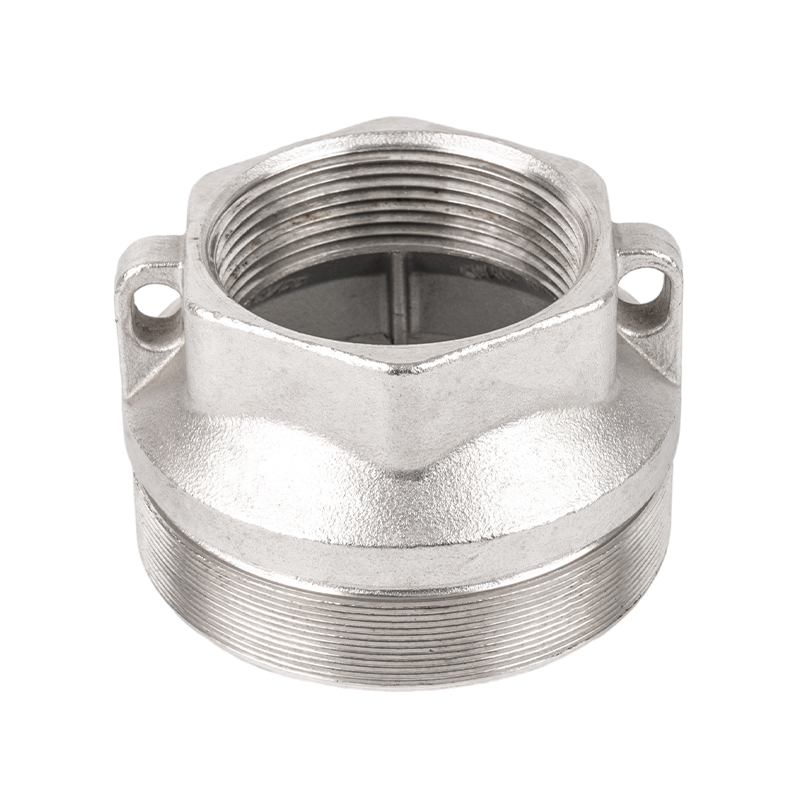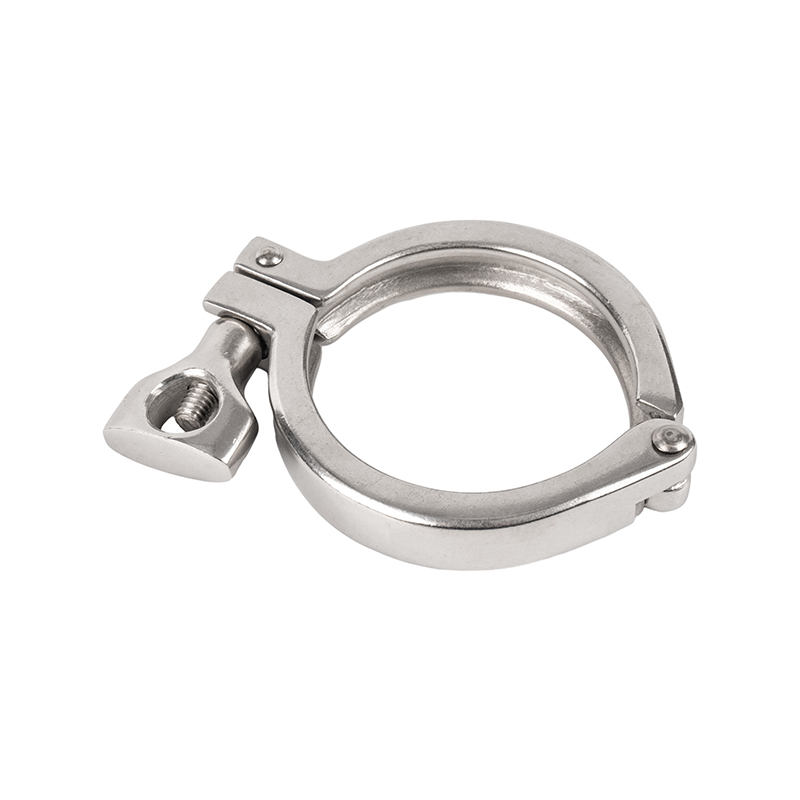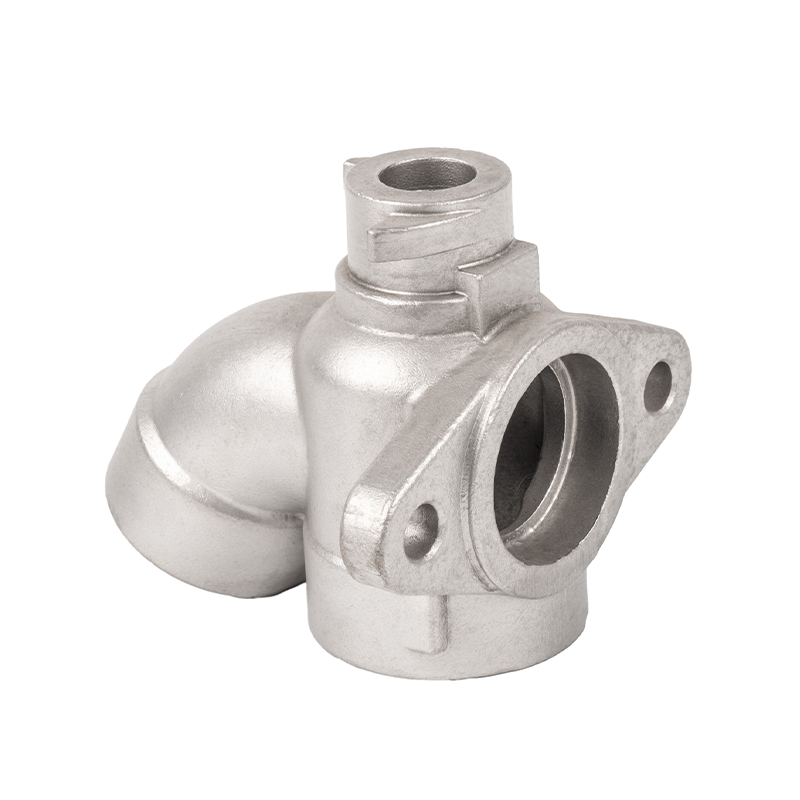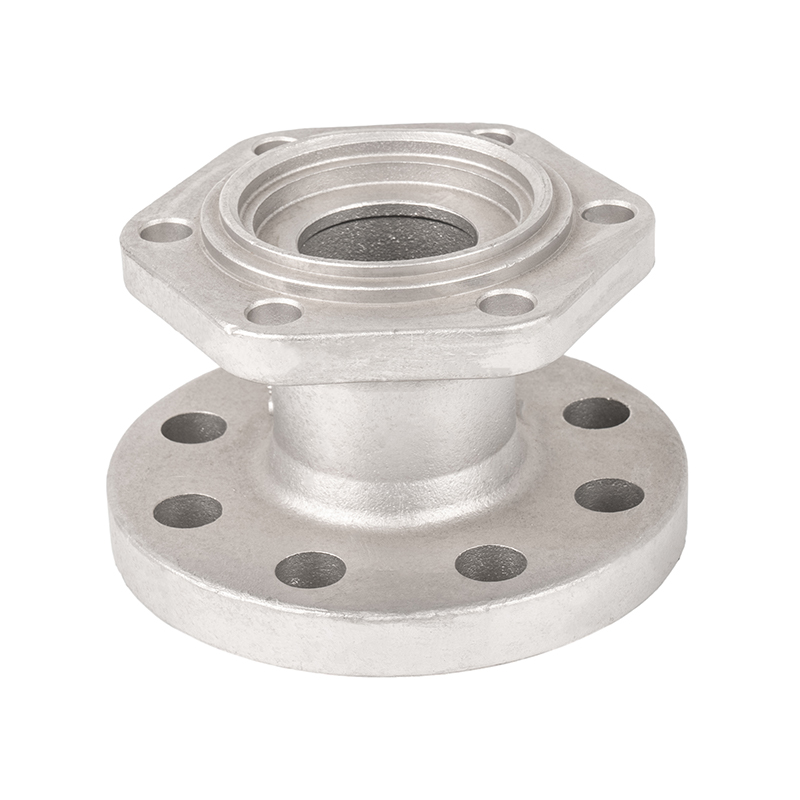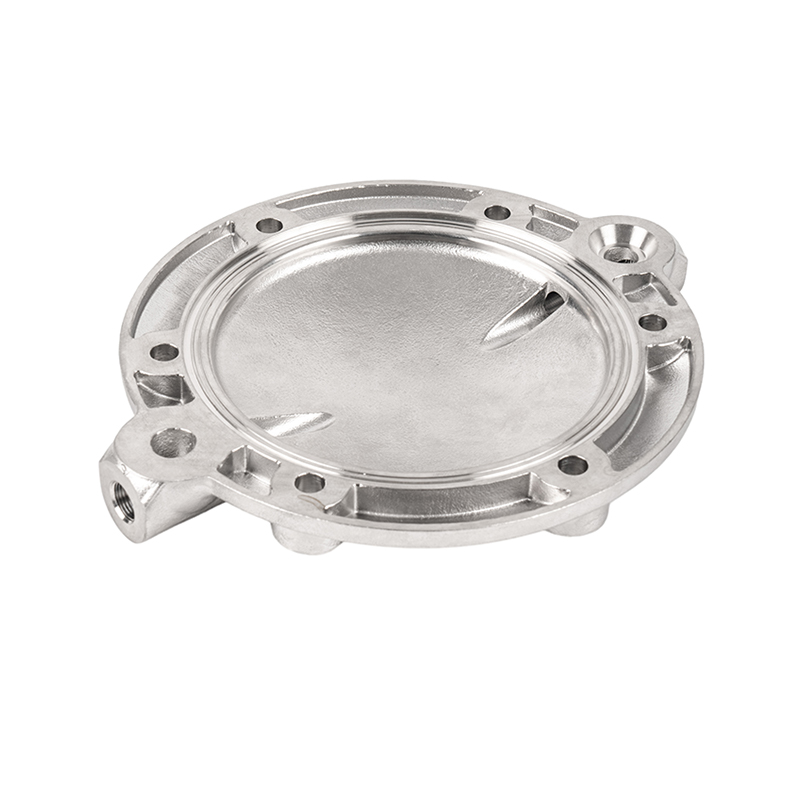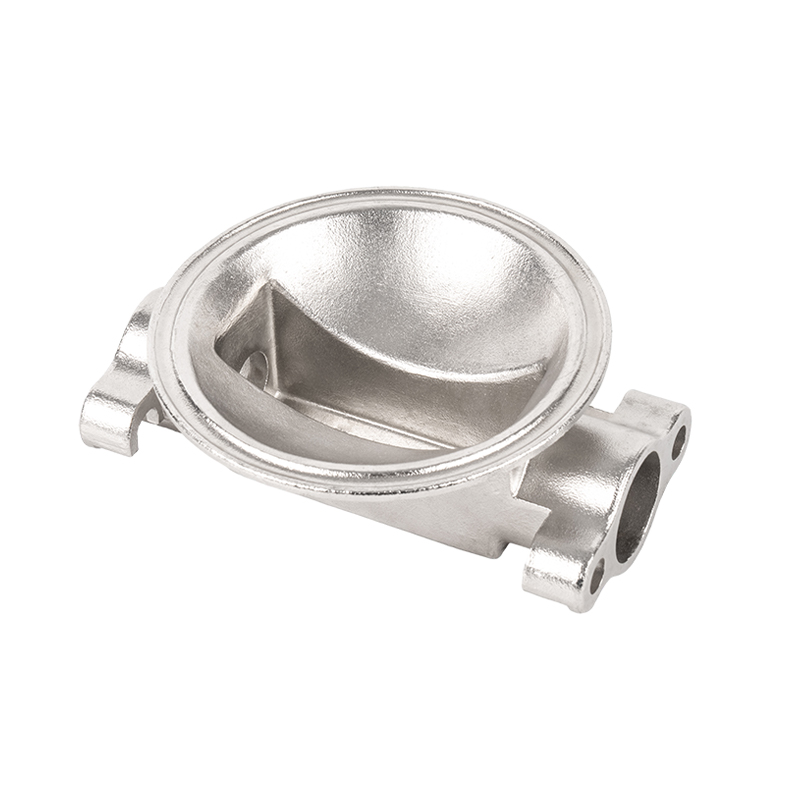What failure modes are prone to occur in stainless steel ball valve castings during use
Corrosion failure
Corrosion is one of the most common failure forms of stainless steel ball valve castings. In the working conditions of conveying media containing chloride ions, sulfides, organic acids, etc., if the material selection is improper or the surface treatment is not perfect, the passivation film on the stainless steel surface is easily destroyed, resulting in local corrosion. Common types of corrosion include pitting, crevice corrosion, stress corrosion cracking and intergranular corrosion.
Pitting usually occurs in an environment containing chlorine in the medium, especially when the temperature is high. Crevice corrosion is more common between the valve seat and the valve body, and in the gaps of the casting connection. The local oxidation environment deteriorates and causes rapid corrosion of the metal. Stress corrosion cracking is caused by the combined action of residual stress and corrosive environment, and often occurs in improper heat treatment or welding areas. Intergranular corrosion is mainly due to the precipitation of chromium carbides at the grain boundaries, which destroys the bonding force between the grains.
Thermal fatigue cracking
Thermal fatigue refers to the microcracks in the stainless steel ball valve casting due to the accumulation of thermal stress inside the material after frequent alternation of hot and cold, which eventually leads to structural damage. This failure mode is particularly common in high-temperature and high-pressure steam pipelines or hot fluid systems that open and close quickly.
When the valve body frequently contacts hot and cold media, the material expands and contracts repeatedly, resulting in local strain concentration in the crystal structure. If there are defects in the casting (such as shrinkage, slag inclusions, etc.), microcracks are more likely to initiate and expand along the grain boundaries, eventually forming obvious cracks or fractures.
Mechanical wear
Mechanical wear mainly occurs in the sealing surface of the ball valve and the areas where the rotating parts frequently contact the fluid. When high-speed, granular or viscous fluids pass through the ball valve, they will cause continuous scouring or abrasion on the stainless steel surface, reducing the sealing performance.
If the casting is not finely machined or heat-treated, the surface hardness will be insufficient, the friction coefficient will increase, and the material wear will be accelerated. Especially in some frequent operations or high-frequency opening and closing occasions, the contact surfaces of the valve core and valve seat are more prone to fatigue wear, affecting the opening and closing flexibility and service life of the ball valve.
Cavitation and erosion
In a system with a high liquid flow rate, a local pressure drop may occur inside the ball valve. When the liquid pressure is lower than the vapor pressure, bubbles will form and collapse rapidly, releasing high-strength impact force, which is called cavitation. This effect will cause micro-pitting, peeling and even perforation on the surface of stainless steel castings, especially in the valve throttling area or angle change area.
Erosion is the impact damage of solid particles entrained in high-speed fluid on the metal surface, forming polished pitting. Both may cause local wall thickness thinning and structural fatigue of the casting, and eventually lead to valve body leakage or even rupture.
Structural failure caused by casting defects
If the process control is not strict during the casting process, internal defects such as pores, shrinkage, slag inclusions, segregation, etc. are prone to occur. These defects are difficult to detect in appearance inspection, but they will become stress concentration points during use and become the starting source of fatigue cracks.
Unqualified castings are more likely to suffer stress fractures or leakage when subjected to high pressure or frequent pressure fluctuations, especially under the action of corrosive media, microcracks will expand rapidly. The key to improving the overall reliability of castings is to adopt precision casting processes with low shrinkage, perfect heat treatment processes, and non-destructive testing methods such as X-rays and ultrasound.
Secondary failures caused by improper installation and operation
In addition to material and process problems, improper operation of the ball valve during installation or operation may also lead to failure. For example, excessive torque installation causes cracks in the threaded area, too fast opening and closing causes damage to the valve ball, and residual impurities in the uncleaned system cause the valve core to get stuck. Although these problems are not caused by the quality of the castings themselves, they still reflect the user's trust in the performance of the product.
Selecting stainless steel ball valve castings with reasonable structure, high surface quality, and excellent dimensional accuracy can effectively reduce the risk of failure during use and improve the overall system operation safety.


 English
English Español
Español русский
русский 中文简体
中文简体

